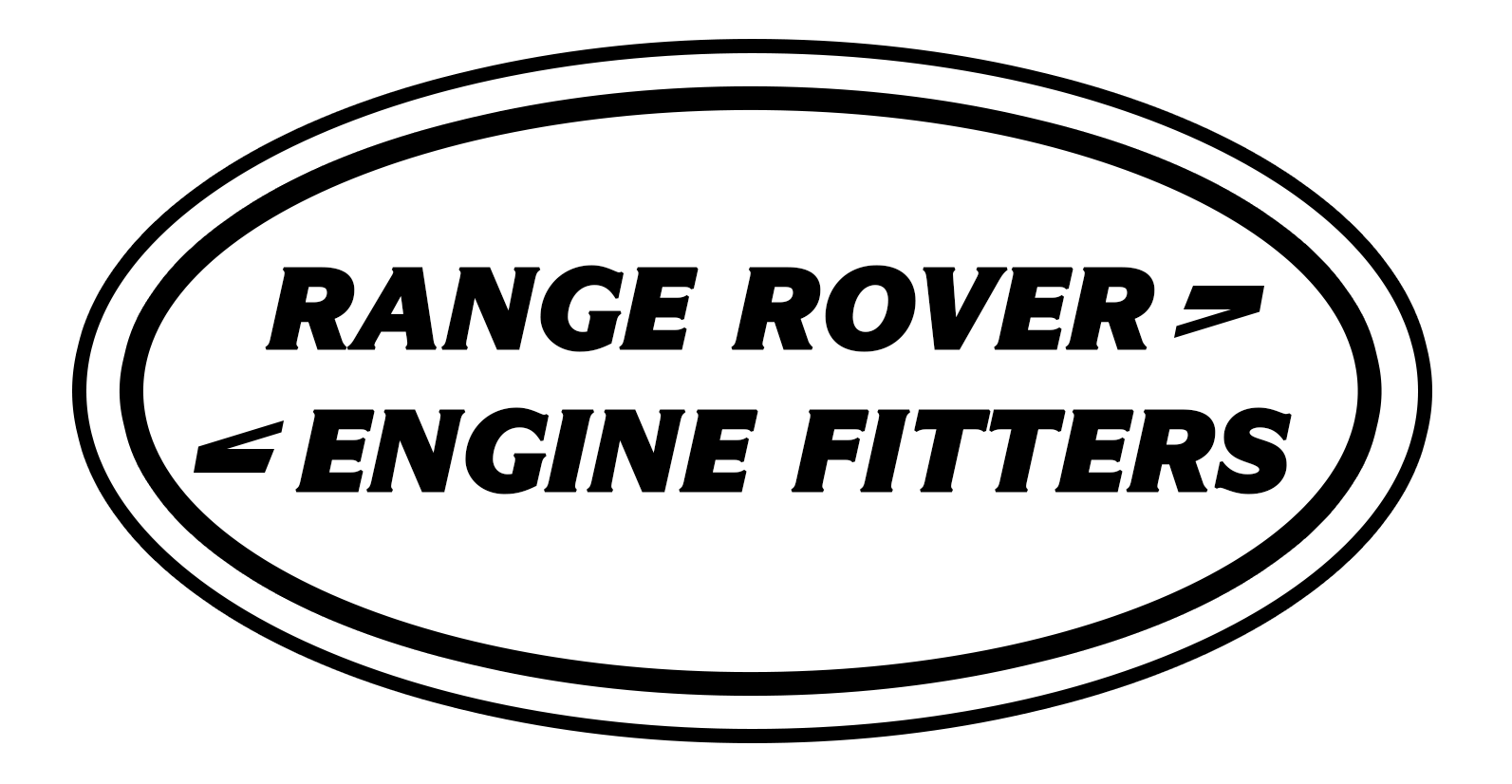Introduction
Variable valve timing (VVT) is a technological advancement that has revolutionized the automotive industry, enhancing engine performance, efficiency, and emissions control. One notable application of this technology is found in the Range Rover 2.0 engine, where VVT plays a crucial role in optimizing engine performance across different driving conditions. We will delve into the benefits of variable valve timing in the Range Rover 2.0 engine, exploring how this innovation improves power delivery, fuel efficiency, and overall driving experience.
Enhanced Power Output
Variable valve timing in the Range Rover 2.0 engine allows for precise control over the timing of intake and exhaust valve opening and closing. By adjusting the valve timing according to engine speed and load, VVT optimizes airflow into and out of the combustion chambers, maximizing power output. This results in improved acceleration and overall performance, allowing the Range Rover 2.0 to deliver a thrilling driving experience while maintaining efficiency.
Improved Fuel Efficiency
One of the primary objectives of variable valve timing is to enhance fuel efficiency by optimizing the combustion process. By adjusting the timing of the intake valves, VVT ensures that the engine receives the optimal air-fuel mixture for combustion under different operating conditions. This leads to more complete combustion and reduced fuel consumption, making the Range Rover 2.0 engine more economical to operate without compromising on performance.
Smoother Idle and Low-End Torque
Variable valve timing technology also contributes to smoother idling and improved low-end torque in the Range Rover 2.0 engine. By optimizing valve timing at lower engine speeds, VVT ensures a more stable and consistent idle, reducing vibrations and noise. Additionally, the improved low-end torque enhances off-the-line acceleration and responsiveness, providing drivers with better control in various driving situations, whether navigating city streets or tackling off-road terrain.
Optimal Power Delivery Throughout the Rev Range
Unlike traditional fixed valve timing systems, VVT allows the Range Rover 2.0 engine to deliver power more efficiently across the entire rev range. By continuously adjusting valve timing in real-time, VVT ensures that the engine operates at its peak performance level under all driving conditions. Whether cruising on the highway or pushing the limits on winding roads, drivers can enjoy consistent and responsive power delivery, enhancing the overall driving dynamics of the vehicle.
Reduced Emissions
In addition to improving performance and efficiency, variable valve timing technology also contributes to reduced emissions in the Range Rover 2.0 engine. By optimizing combustion and airflow, VVT helps minimize unburned fuel and pollutants in the exhaust gases. This results in cleaner emissions and compliance with stringent environmental regulations, making the Range Rover 2.0 engine more environmentally friendly without sacrificing performance or driving enjoyment.
Adaptive Response to Driving Conditions
One of the key advantages of variable valve timing is its ability to adapt to changing driving conditions in real-time. Through advanced engine management systems, VVT continuously monitors various parameters such as engine speed, load, and throttle position to adjust valve timing accordingly. Whether accelerating hard or cruising at steady speeds, the Range Rover 2.0 engine can seamlessly adapt to the driver’s demands, providing optimal performance and efficiency at all times.
Enhanced Engine Longevity and Reliability
Variable valve timing technology not only improves performance and efficiency but also enhances the longevity and reliability of the Range Rover 2.0 engine. By optimizing combustion and reducing stress on engine components, VVT helps minimize wear and tear, extending the lifespan of critical engine parts. This leads to greater durability and reduced maintenance costs over the life of the vehicle, ensuring that drivers can enjoy their Range Rover 2.0 with peace of mind.
Future Potential for Performance Tuning
Finally, variable valve timing opens up exciting possibilities for performance tuning and customization in the Range Rover 2.0 engine. With the ability to adjust valve timing on the fly, enthusiasts can explore aftermarket upgrades and modifications to further enhance power, torque, and overall performance. Whether through ECU remapping or aftermarket VVT controllers, drivers can unlock the full potential of their RangeRover 2.0 engine, tailoring it to their individual preferences and driving style. More details about the range rover engine here at the https://www.rangeroverenginefitters.co.uk/ .
Conclusion
Variable valve timing is a groundbreaking technology that has transformed the automotive industry, and its implementation in the RangeRover 2.0 engine brings a host of benefits to drivers. From enhanced power output and improved fuel efficiency to smoother idling and reduced emissions, VVT optimizes engine performance across the board. With its adaptive response to driving conditions and potential for performance tuning, variable valve timing ensures that the Range Rover 2.0 delivers a thrilling driving experience while meeting the demands of modern drivers for efficiency and reliability.

